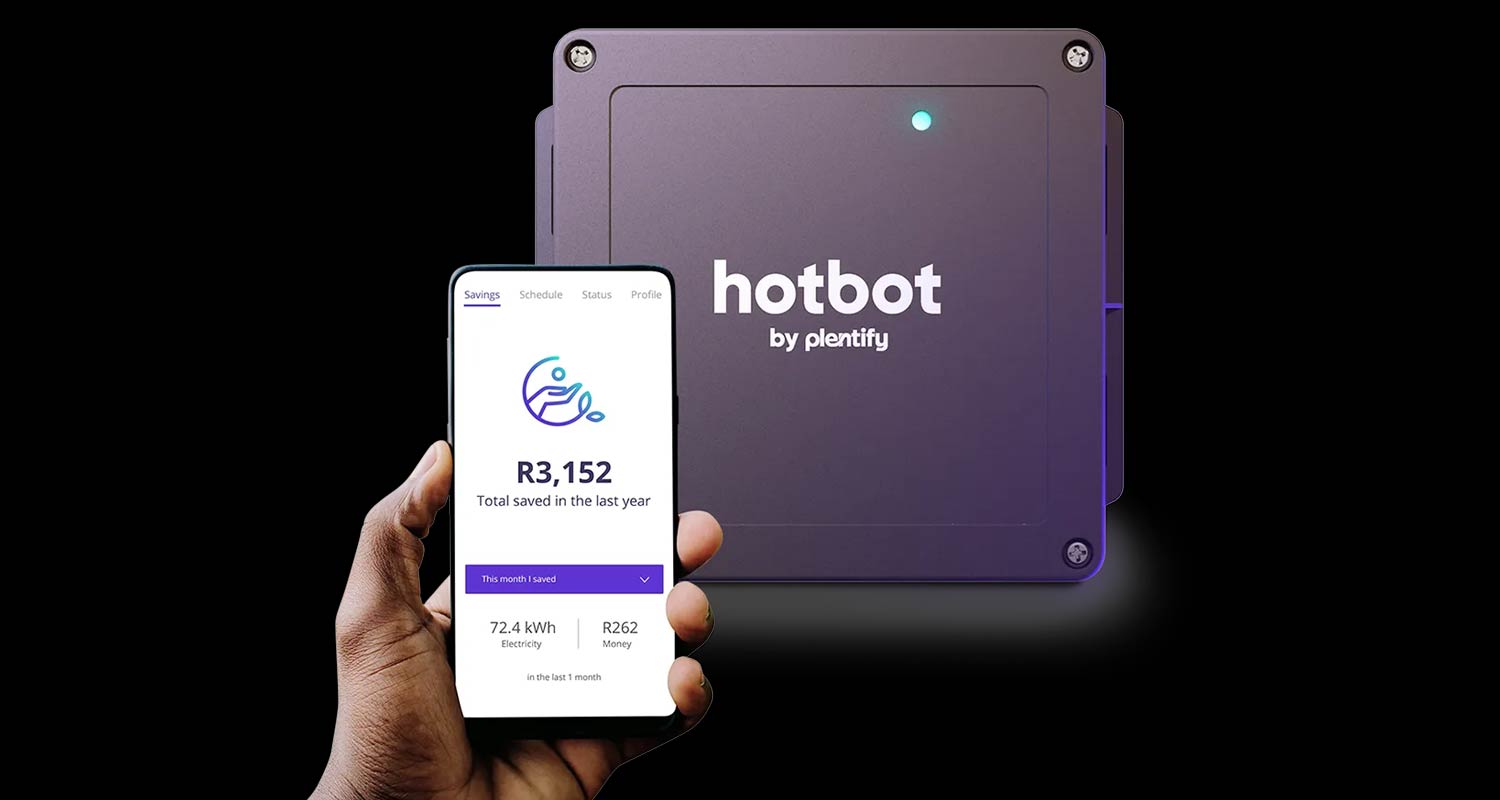 Making home geysers “smart” could be a major contributor to ending load shedding in South Africa forever — by reducing the strain on the grid during peak demand periods.
Making home geysers “smart” could be a major contributor to ending load shedding in South Africa forever — by reducing the strain on the grid during peak demand periods.
This is the view of Jon Kornik, CEO of Cape Town-based Plentify, a technology start-up that works with solar installers and other companies to deploy smart geyser timers into homes in South Africa.
Smart geysers, Kornik told TechCentral in an interview, help address the “mismatch” between when electricity demand is highest and when clean energy supply is available.
The focus is on shifting electricity demand, to flatten the demand curve and reduce the strain on the grid during the morning and evening peaks.
Significant energy is consumed at peak times to warm up water in households, and if this heating can take place at off-peak times, or when there is good solar energy production, the impact on the country could be immense, Kornik said.
A focus of Plentify is to work with solar installers so ensure the heating of home geysers is done from the sun as much as possible, storing heat in the geyser for when it’s needed (typically early in the morning and again in the evening). This not only reduces the load on the grid but also cuts households’ electricity costs by using less grid-supplied energy.
“Seventy percent of demand in homes is shiftable in this way – from geysers to pool pumps to electric vehicles,” Kornik said.
HotBot
Plentify partners with residential property developers – companies like Balwin – and with solar installation companies like Wetility to sell its solution, called HotBot. It also sells directly to consumers, though this is a relatively small portion of its business.
Like similar smart geyser timer solutions from Sonoff and other manufacturers, the HotBot app allows users to determine how the device is programmed to ensure they have access to hot water when they need it.
But there’s also intelligence built into the system, so it knows the optimal time to charge the geyser – based on information like the weather forecast and the sunrise and sunset times, and usage patterns – to provide a personalised heating plan. Users still have full control, though, should they need to warm up a geyser at any time.
Read: Demand declines for home solar installations
Already, Plentify has about 20MW of load under management, which Kornik described as “pretty material”.
The HotBot is manufactured in Cape Town (from imported components), which Kornik said has tax-cost advantages over bringing in the kit fully assembled. It offers firmware updates to the devices, too, on a monthly release cycle.
 HotBot has three communications “stacks” built into it: a cellular modem capable of connecting to all networks, Wi-Fi (the user can enrol HotBot into their Wi-Fi network and can switch between Wi-Fi and cellular depending on signal availability) and a LoRA radio, which Plentify uses to create a mesh network with other HotBots so the devices can “talk” to each other. “This is useful in apartment buildings – they can optimise in real time without using a backhaul connection.”
HotBot has three communications “stacks” built into it: a cellular modem capable of connecting to all networks, Wi-Fi (the user can enrol HotBot into their Wi-Fi network and can switch between Wi-Fi and cellular depending on signal availability) and a LoRA radio, which Plentify uses to create a mesh network with other HotBots so the devices can “talk” to each other. “This is useful in apartment buildings – they can optimise in real time without using a backhaul connection.”
Plentify sells HotBot using a “load management as a service” model. An ongoing subscription costs R99/month, which covers the hardware, installation and warranty. Of course, there are solutions that users can have installed that don’t require a monthly fee, but these don’t typically include ongoing support.
The company has raised several rounds of funding since its founding in 2017, both in the form of grants and equity investments. “We have now raised three rounds of equity capital from venture capital and angel investors,” Kornik said.
“We see immense opportunity in what is still an early-stage market… [Smart geysers are] one of the three pillars of the energy transition. Companies around the world are tackling the problem, and everyone is in a similar stage of development.”
He said that in time, Plentify plans to offer solutions to better manage the load of other energy-guzzling devices in the home, including inverters, pool pumps, and ovens and stoves. – © 2024 NewsCentral Media




